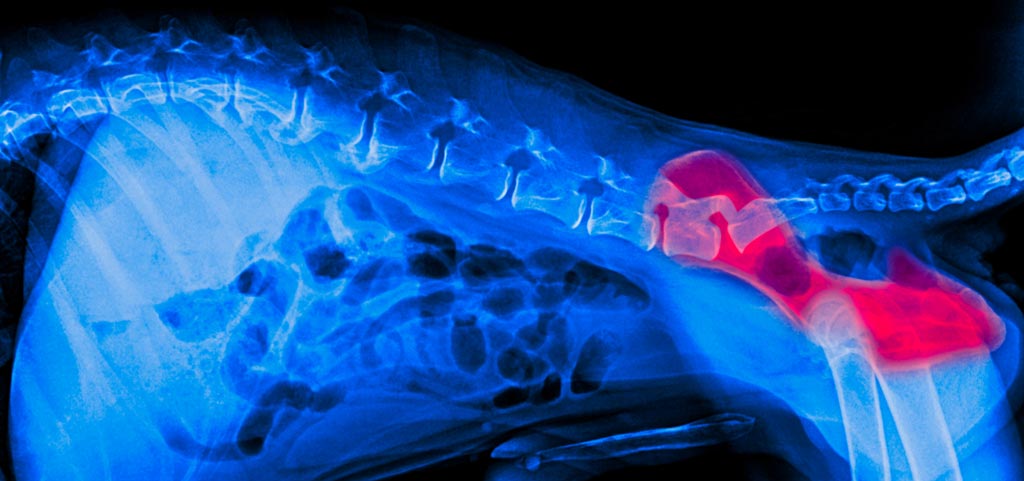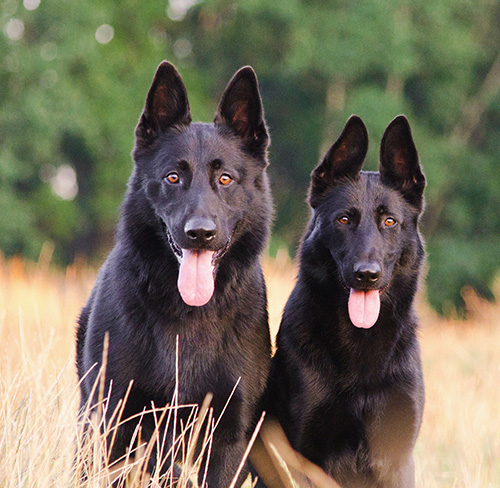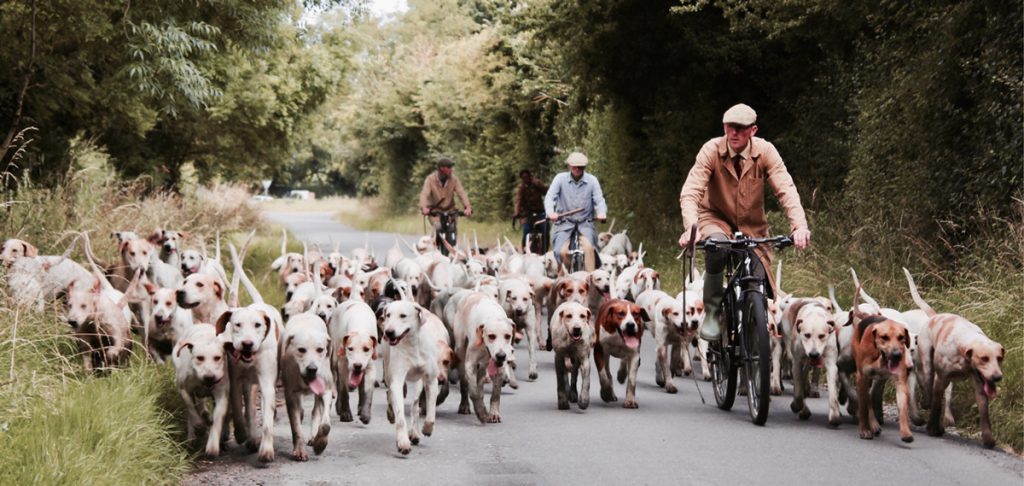What is Canine Welfare?
A short video in Spanish by Dr. Jose Luis Payro, a veterinarian, breeder and former FCI General Committee member, outlining in General what Canine Welfare encompasses.
What is BOAS?
Brachycephalic Obstructive Airway Syndrome (BOAS) : Brachycephaly, or short skull, is one of the ancient features in domestic dogs. Brachycephalic breeds have existed for centuries, and today, some of these breeds are among the most popular and loved dog breeds globally. Population-based epidemiological data (for example breed surveys as well as insurance claim data) has shown that a significant proportion of individuals in some of the brachycephalic breeds are affected by BOAS.
Actions taken in brachycephalic dogs should be set to this wider perspective in order to achieve permanent and meaningful results to improve the health and welfare of these breeds. In this report, we, the Scientific Commission of the Fédération Cynologique Internationale (FCI), examine BOAS from a scientific and cynological point of view.
Read the full Report, Strategy and Recommendations of the FCI Scientific Commission with regards to BOAS.
(pdf link at the moment. to format as web page with like Responsible breeding page)
Hip and Elbow Dysplasia in Dogs

- FCI Requirements for Official Hip Dysplasia Screening
Click on this link for more information – https://fci.be/medias/SCI-REG-DYS-HAN-DIR-en-1735.pdf - Radiographic Procedure for Hip Dysplasia Evaluation
Click on this link for more information – https://fci.be/medias/SCI-REG-DYS-HAN-PRO-en-1739.pdf - Hip/Elbow Dysplasia International Certificate
Click on this link for more information – https://fci.be/medias/SCI-FRM-DYS-HAN-COU-1743.pdf - Elbow dysplasia (ED)
Click on this link for more information – https://fci.be/medias/SCI-ART-DYS-COU-MDU-en-1744.ppt
Inbreeding in Dogs
Debates and questions about inbreeding reappear at regular intervals in spite of the fact that the contents of the “file” have been known for some time. For example, we are amazed by the pertinence with which some 19th century authors already presented the indications, guide lines for the implementation and the risks of inbreeding. As the subject could give rise to lengthy considerations, it goes without saying that this memo has no purpose other than to stipulate some essential elements. In this Memo, Prof. Bernard Denis explains these in brief.

Dog breeding and molecular tools: uses and concerns
During the last decades, breeding has been supported by an increasing number of tools providing molecular genetic information. These tools may be based on the neutral variation inside the dog genome (parentage testing, breed assignation, estimation of genetic variability between and within breeds and individuals) or target functional variation (genetic test identifying carriers of inherited diseases or traits of interest). This growing availability may however, confuse breeders and stakeholders, who may not be aware of the risks involved by an inadequate use of those tools. Therefore, it is an urgent necessity to establish adapted guidelines which will instruct clubs and breeders.
Hereditary and Congential Diseases in Dogs
(in Spanish)



